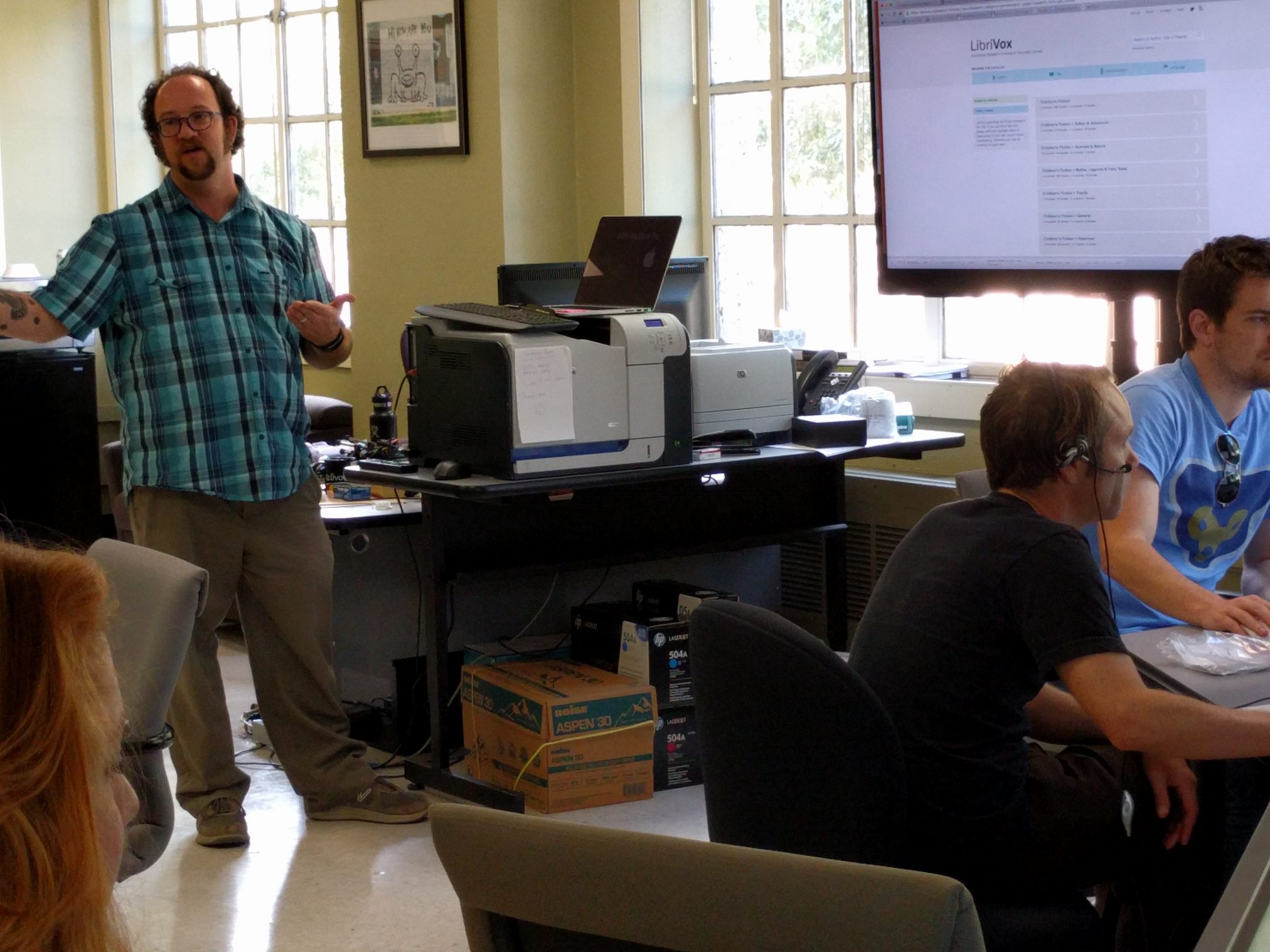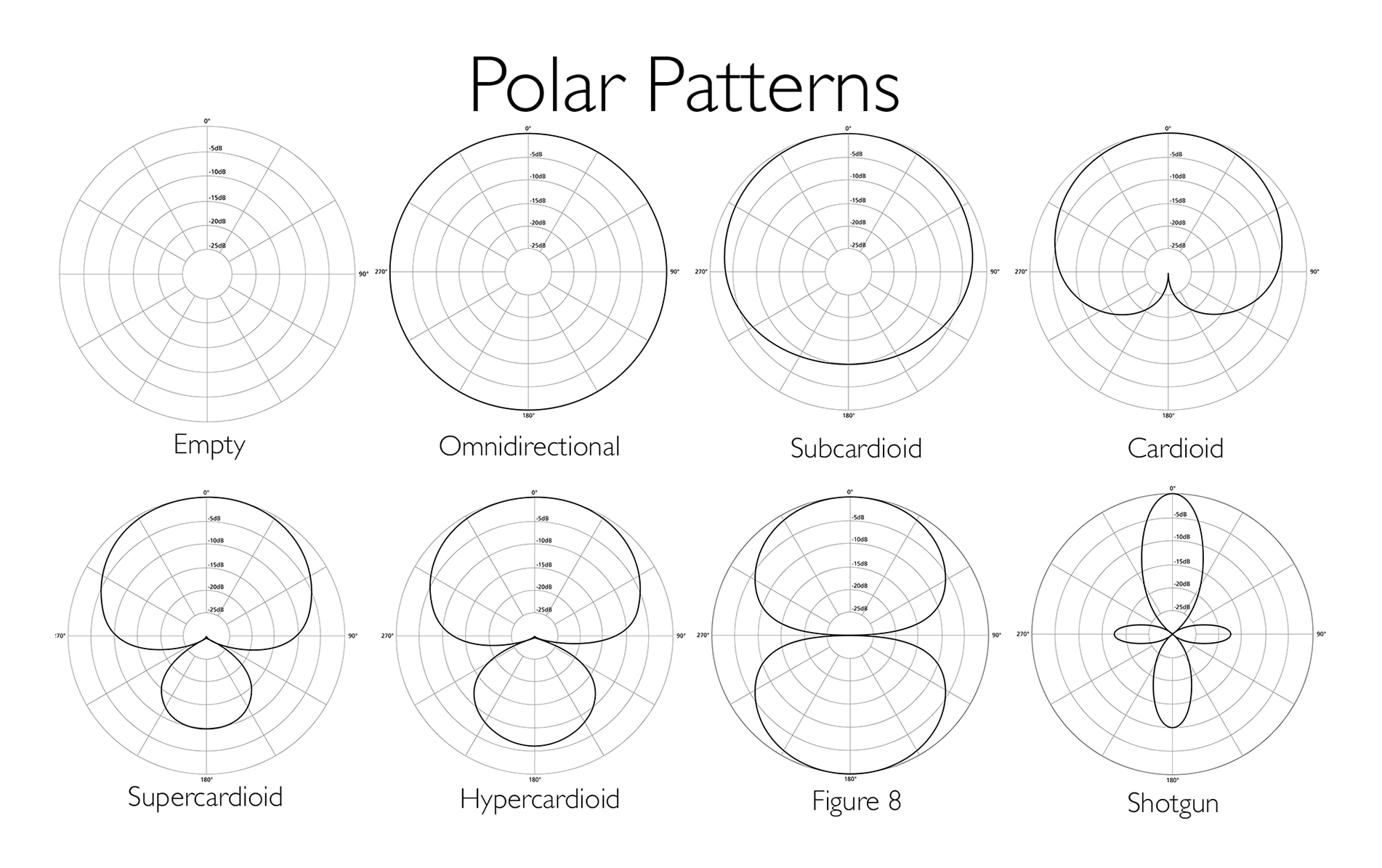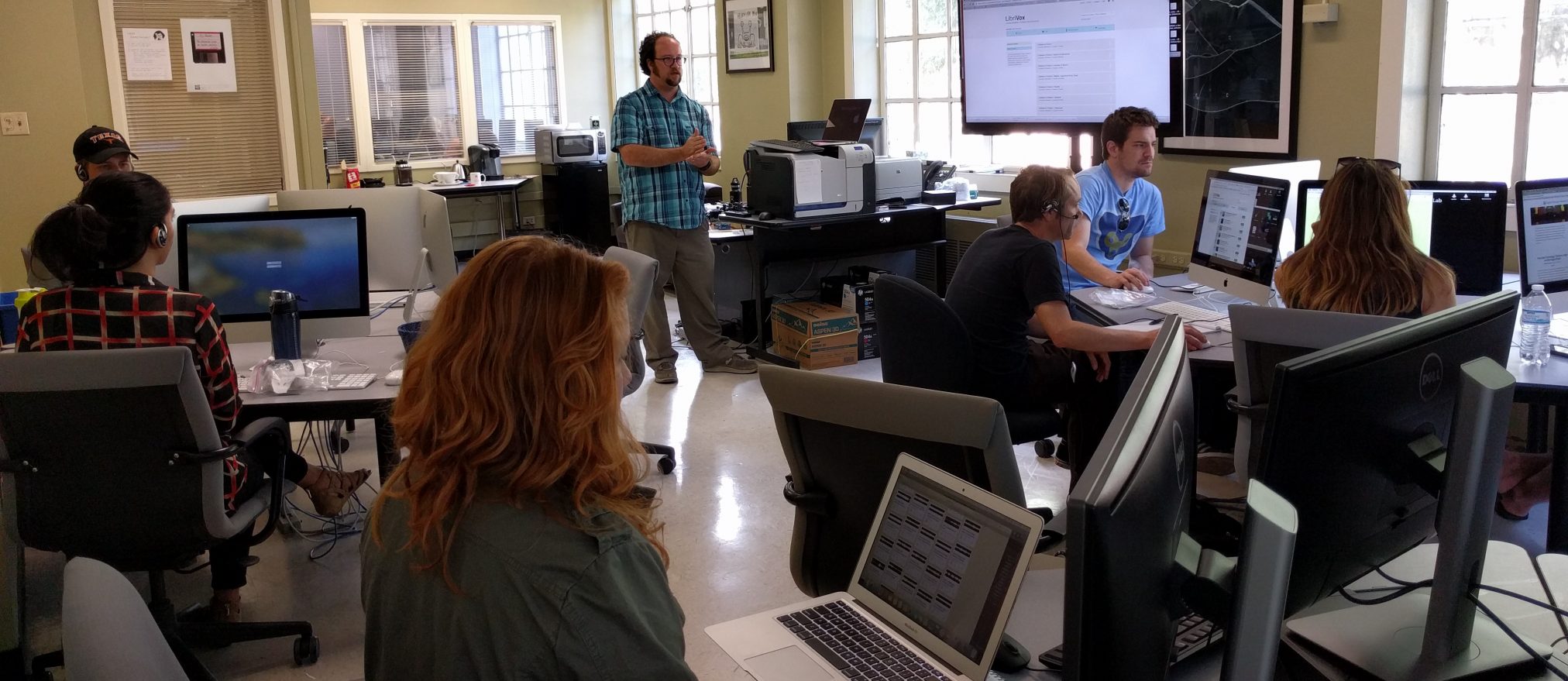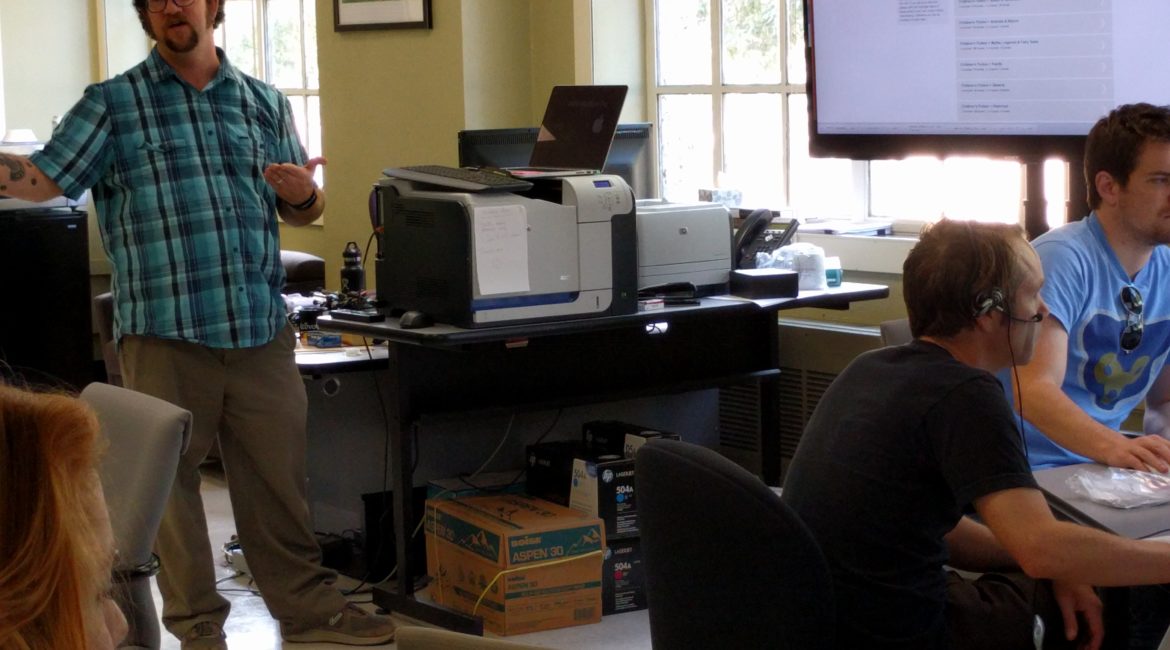
Last Friday, The DWRL hosted one of its bi-weekly digital literacy workshops, where staff members can increase their digital literacy and ascertain useful skills for the digital world we live in.
This last week’s workshop circled around audio: from genres of audio, strategies for using audio, finding audio that is usable (and legal), and of course recording hardware and editing software. The Lab’s Coordinator and resident audio expert, Will Burdette ran the workshop, and led the attendees through both a theoretical discussion of digital technologies and genres, and an exercise where staffers had to produce a short audio clip in Garageband.
I have used digital audio workstations for some time, to record and edit music from synthesizers and drum machines, but I rarely use a microphone, and hardly consider the complex issue of recording spoken word or ambient noises. As it turns out, recording good audio is no simple task, but Will guided the discussion nimbly and provided a lot of great information. One of the things that interested me during this discussion was the issue of “room noise”, and the polar patterns of different microphone types.

The above graph shows how different microphone types have different pick-up ranges, which is a very important component of audio recording, though it is not often considered by those of us new to recording audio with a microphone. For example, if you are trying to record a spoken word interview, and use an omnidirectional mic, the recording will be potentially unusable. As Will explained, as technology has advanced rapidly, even the cheaper end omnidirectional microphones are extremely effective in their ability to pick up ambient noises. In the example, if someone ten feet away opened a door, that would be picked up by the microphone, at a volume nearly equal to the person being interviewed. If used in the wrong context, an omnidirectional microphone will be far too comprehensive in picking up all the sounds in the room, and unless you’re attempting an avant-garde “interview with the speaker and the room they sit in”, you will need to choose a mic with a narrower polar pattern.

Following the overview, Will had us attempt to make a short, ringtone-length audio snippet in Garageband, the audio recording and editing software that comes standard on all Macintosh computers. He had us find audio on the internet, transfer it into the DAW (digital audio workstation), edit it down to a short length, add effects and layer additional sounds and samples. A handful of staffers had never before worked with a DAW, but managed to produce the original snippet themselves in a short amount of time. The workshop was a success, as the staffers that hadn’t before edited audio on a computer learned a new skill and got to use it to create something. And for those such as I, who have had experience with audio in the past, there was still much to learn about, from fair-use and copyright law, to polar patterns and ambient noise.
Here are a couple of the snippets that were made during the workshop. Though short and simple, these original creations nonetheless represent a demonstration of concept, and another smashing success of a workshop here at the DWRL.






